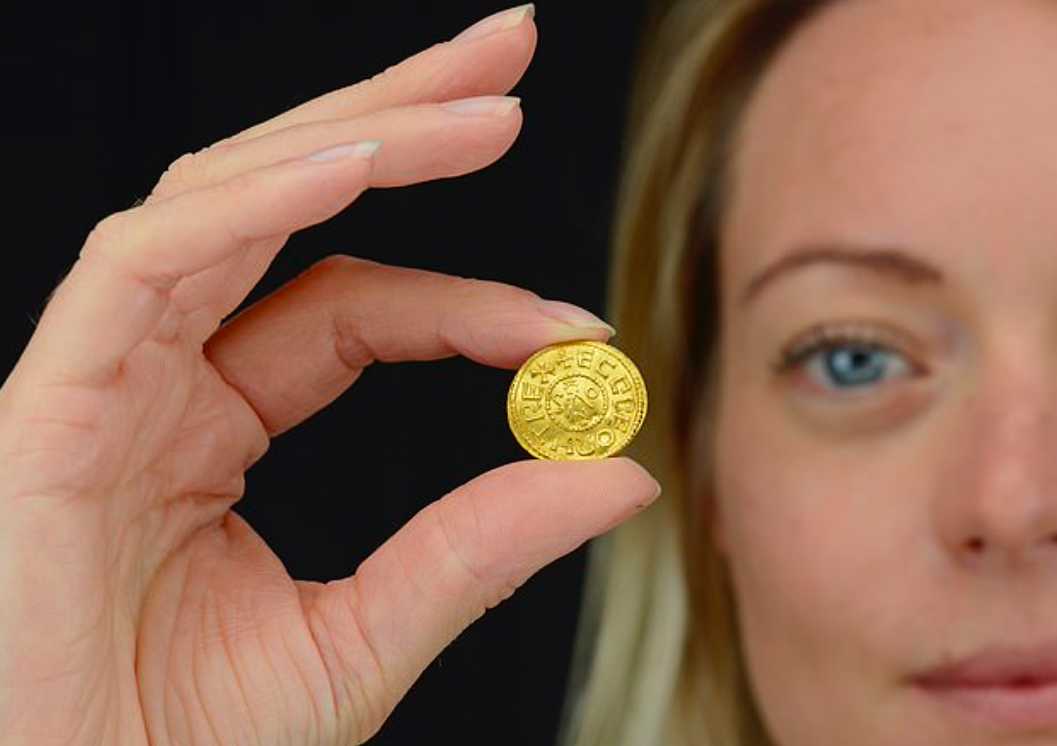Tohle je opravdu mimořádné kolečko.
Anglo-Saxon coin worth £200,000
Categories: Minting - Numismatics
The Anglo-Saxon gold coin was discovered by a prospector using a metal detector on the border of Wiltshire and Hampshire. It dates from the reign of King Egbert. It now sells for £200,000.
The coin is 1200 years old and is a gold penny. It was dug up by an unnamed finder in a field in the village of West Dean on the Wiltshire-Hampshire border last March. The finder was searching a pasture at the bottom of a hill when his detector started giving a strong signal. The coin was at a depth of about 17 centimetres.
When he pulled the coin out of the dirt, it was immediately clear to the prospector that it was rare. "I showed it to a friend who also walks around with a metal detector. He said it was definitely an internationally important coin and one of the most amazing finds he had ever come across," said the happy finder, who has been searching for eight years.
The coin is less than two centimetres in diameter and weighs over four grams. It is stamped EGGBEORHT REX around the monogram of the word SAXON. Such coins were struck on the occasion of grand celebrations and similar festive occasions. One such coin was worth the same as thirty silver coins.
The gold coin is now being sold by the Dix Noonan Webb Auction Company. They did a thorough analysis and found it was made of high purity gold. It is the only late Anglo-Saxon gold coin in private hands. Eight other known examples are in the British Museum.
"It is probably a type of gold coin known as a mancus. It first appeared in central and northern Italy. In England before 800. It was a very rare coinage. Each had a purchasing power of 30 silver coins. And this at a time when one Carolingian denarius could buy a dozen two-pound loaves of wheat bread. So one gold mancus was equivalent to 360 loaves," revealed Peter Preston-Morley, head of the numismatic department at Dix Noonan Webb.
He confirmed that such gold coins were indeed not commonly produced. "It was probably by royal decree or at the instigation of someone very high up. In the tenth century, for example, the king had 2,000 such coins produced. As for the newly found piece, there is no way to determine what occasion the coin was struck for. Unfortunately, there is not much of a record from King Egbert's reign," Preston-Morley explained.
Egbert was the Anglo-Saxon King of Wessex from 802 to 839 and also King of Kent from 825 to 839. Egbert's father was King Ealhmund of Kent and was the grandfather of Alfred the Great. Throughout his reign, he led constant campaigns against the still holding Celts in Cornwall.



Sources: www.dailymail.co.uk
The article is included in categories:












